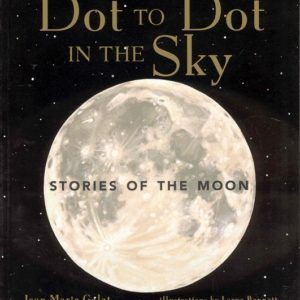Description
Discover the fascinating story behind one of the most important changes to nautical navigation in this nonfiction picture book for young readers.
Discover the fascinating story behind one of the most important changes to nautical navigation. Long ago, sailors risked their lives, cargo, and ships when traveling the seas. They followed the shoreline, navigating by recognizable landmarks and the stars, but often became lost or wrecked upon the rocky coast. Those who traveled the waters wanted more; they wanted to be able to consistently, and safely, navigate across oceans. To do so, they needed to know three things: latitude, longitude, and direction. A good ship’s captain could use a sextant, compass, and certain stars to find direction and latitude, but he needed to know the time, both on the ship and at a reference point, to find longitude. Unfortunately, an accurate source of time measurement at sea did not exist.
In 1714, the British government decided to offer a large reward to anyone who could solve the problem. Learned men and great thinkers tried unsuccessfully to work out a solution. They declared it unsolvable! Carpenter and clockmaker John Harrison was intrigued; he thought he might have a solution. For years he strived to design and construct a clock that worked at sea. Harrison’s solution enabled sailors to cross the oceans of the world safely, but it took a king to make sure he received the prize he had earned.
A detailed map of the world in the 1700s and a timeline of Harrison’s work on the longitude problem are included in this triumphant tale of ingenuity and innovation.
Awards
- Writers Guild of Alberta R. Ross Annett Award for Children’s Literature, 2013
- Silver Moonbeam Award – Nonfiction Picture Book, 2013




